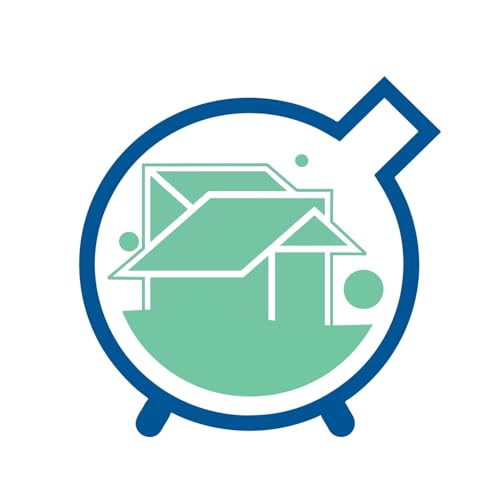This may be the ultimate systems thinking interview. Beyond building science at the site scale, this is systems thinking to save the world.
Gail Vittori and Pliny Fisk III have their fingerprints all over the structural ideologies for ways of thinking that underlie what we now think of as the fields of sustainability, greenbuilding, indoor health and well-being and more.
Enjoy this thoughtful unpacking of ideas that span from systems thinking at the scale of the planet to human society to industry, products and materials. If you’re not familiar with Pliny Fisk III and Gaily Vittori, Max’s Pot, the Center for Maximum Potential Building Systems, or the Global Dreamlab, it’s about damn time that you are. Buckle up and enjoy this wild and fascinating ride with two of the brightest early lights in environmental sustainability in the AEC and beyond.
Pliny Fisk III
Pliny Fisk III is a pivotal figure in the sustainability movement, whose career in architecture, landscape architecture, and the systems sciences spans more than four decades. He has dedicated his career to developing replicable prototypes, protocols, and policy initiatives that challenge conventional wisdom in building design, engineering, materials, and planning. His seminal life cycle-based protocols helped shape the first green building programs, and he collaborated on federal efforts like the Greening of the White House and the Greening of the Grand Canyon. He is also an inventor and the CEO and founder of two technology companies, Sustainable Earth Technologies and the EcoInventorium.
Pliny’s influence extends into academia and policy, having held faculty positions at several major universities and served as an advisor to foundations like MacArthur and Gates. His policy initiatives include the Austin Green Building Program and the AIA’s Environmental Resource Guide, establishing new protocols with broad implementation. His impact has earned him numerous honors, including The Lewis Mumford Award and the U.S. Green Building Council’s Sacred Tree Award. Pliny has been recognized by Metropolis Magazine as a Visionary and by Texas Monthly as one of “35 People Who Will Shape Our Future.”
Gail Vittori
Gail Vittori leads a life of discovery, of adventure, of collaborating with incredible people and finding opportunities to make a little bit of a movement of the needle on things that she is passionate about. Gail has been a key force in advancing green building policies, protocols, and prototypes at the local, state, and national levels, with a particular emphasis on the critical link between sustainable design and human health1. In 1989 she developed the initial conceptual framework for what would become the City of Austin’s Green Builder Program, recognized as the first green building program globally. Building on this foundational work, she went on to convene the Green Guide for Health Care in 2001, an initiative that catalyzed a revolution in the design, construction, and operations of healthcare facilities. Her expertise led her to serve as the Founding Chair of the LEED for Healthcare committee from 2004 to 2008, and she also co-authored Sustainable Healthcare Architecture.
Gail has held several influential leadership positions in the sustainable building community. She served on the USGBC Board of Directors from 2002 to 2010, including a term as Board Chair in 20095. She also dedicated eight years to the Green Business Certification Inc. (GBCI) Board of Directors from 2011 to 2019, where she served as Board Chair from 2013 to 2019. Currently, she is the Vice-Chair of the Health Product Declaration Collaborative Board of Directors. Her vision and impact have earned her significant recognition, including the 2015 Hanley Award for Vision and Leadership and the 2020 USGBC’s Kate Hurst Leadership Award. Additionally, she was featured as an Innovator: Building a Greener World in TIME Magazine and was a Loeb Fellow at Harvard University’s Graduate School of Design.
Team
Hosted by Kristof Irwin
Edited by Nico Mignardi
Produced by M. Walker
 1 Std. und 25 Min.
1 Std. und 25 Min. Sep 27 20251 Std. und 8 Min.
Sep 27 20251 Std. und 8 Min. Aug 18 20251 Std. und 16 Min.
Aug 18 20251 Std. und 16 Min. Aug 4 20251 Std. und 15 Min.
Aug 4 20251 Std. und 15 Min. Jul 7 20251 Std. und 17 Min.
Jul 7 20251 Std. und 17 Min. 1 Std. und 4 Min.
1 Std. und 4 Min. 1 Std. und 7 Min.
1 Std. und 7 Min. Apr 10 20251 Std. und 1 Min.
Apr 10 20251 Std. und 1 Min.

